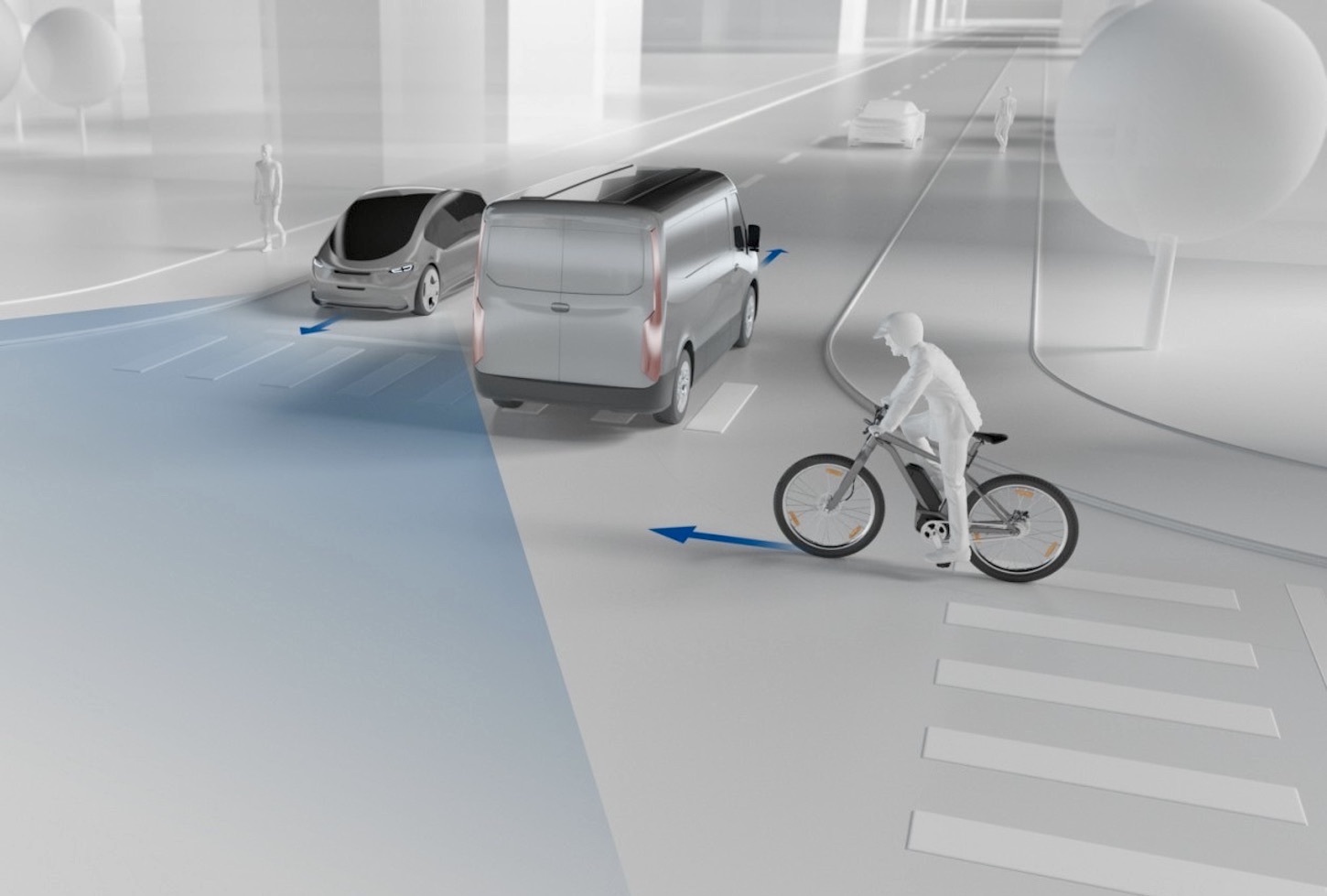

Nineteen leading innovators in the bicycle, automotive and technology sectors have launched the Coalition for Cyclist Safety to work towards advancing and deploying connected transportation solutions to help reduce the risks facing cyclists and e-bike riders on North American roads.
According to the US Centers for Disease Control, bicycles constitute 1% of all trips across the United States, but represent two percent of all traffic fatalities. More than 130,000 cyclists suffer injuries a year riding bicycles in US traffic.
The new organization represents a commitment to develop a comprehensive approach to bicycle safety centered on deployments of vehicle-to-everything technology.
In the last year, the US Department of Transportation has embarked on strategies to unlock the connected V2X system as a key technological solution to improve road safety for vulnerable road users
The group, which includes leading cycling brands such as BMC, Bosch, Shimano and Trek, will work closely with leading bike and e-bike lobby groups, plus regulators and governments, to “unlock the potential of the V2X ecosystem” for cyclists.
Alongside developing the technology, the group is also aiming to ensure “that the guidelines for V2X deployment are clear and that the relevant infrastructure requirements are met”.
A form of communication technology, V2X is already used throughout the automotive industry, with Audi and Ford among the many brands who have integrated it into their vehicles. It is also built into traffic infrastructure, mobile phones and existing communications systems.
Once connected, vehicles can communicate key information such as speed, location and direction to other road users and infrastructure via an online safety network. Information is also relayed back, making a vehicle and its driver aware of things such as potential hazards.
These benefits can extend to cyclists and the group says that, “by enabling V2X-equipped cars, bicycles and other road participants can recognize each other and create mutual awareness, thereby raising the possibility of lowering the number of injuries from crash situations”.
Some cycling companies have already started unlocking its potential, including Canyon who announced earlier this year that some of its e-bikes would include the technology, starting from 2026.
Despite this, the technology is still in its infancy and it will require a concerted cross-industry effort to unlock its full potential, according to Bosch E-bike Systems CEO, Claus Fleischer.
“This cannot be achieved by one company alone – it requires the cooperation of various players working on the topic across the board so that in the future no road user is excluded from the benefits V2X can provide,” he said in the press release.
Beyond making cyclists and other road users aware of each other, the group hasn’t expanded on where the full potential of the technology may lie. However, when announcing its planned integration into its e-bikes, Canyon said that it could one day have the ability to “automatically reduce a car’s speed or prevent a door from opening if a bicycle is passing on an inside bicycle lane.”
Read the group’s full press release on the Bosch website here.



